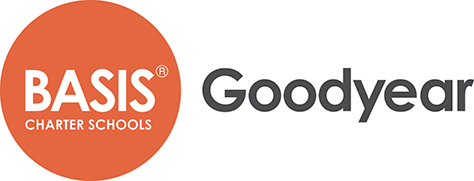Seventh Week: The Finale, and Future Possibilities
This week is the final blog post I will write for this project. The plexiglass sheets were cut, and I drilled a hole into the circles for the joystick. It is mostly complete, and I have to assemble the parts for the controller. It will be functional for my presentation, and I will bring it to demonstrate how it works.
The last challenge I’m having is with the switch holders. I had to move the prong to fit into the gate, shrink the rounded rectangle on one of the parts, and move one of the nubs closer to the other parts. The last problem I had with the holders was with the strength of the parts. The switch holders I made were too fragile, so I increased the wall loops from 2 to 4. This strengthened the prong, so it shouldn’t break when I attach the gate.
I’ve also finalized the positions of the buttons and drilled holes for them. In hindsight, I think the buttons don’t need to be bigger than standard buttons. Making the buttons bigger doesn’t make them easier to press, because the idea is that the user is keeping their foot in one position. They shouldn’t have to move around to hit buttons in the first place, and the increased space between buttons forces you to shuffle your foot or stretch your toes to an uncomfortable degree.
Overall, this project was successful. I couldn’t fully modularize the parts for individual users, or make stuff in the controller adjustable when you get it. From the knowledge and parts of electronics I do have, I think I was able to come up with a slightly more convenient arcade stick by making a button layout that aligns with the curve of the user’s toes, and a joystick that is easier to control with your foot than a typical ball-top. This was the main goal of this project, so I’m happy to say that I succeeded.
I believe there are a few places this project could go in the future:
I would like to focus more on the electronics and programming by using a Raspberry Pi, Python, and Xinput support to program a shift button into the controller. SteamInput allows you to map a shift button onto your controller, but this solution only works for Steam games. If you are unable to open the fighting game through Steam, or if you want to use a converter to use this controller on other consoles, the shift function would need to be programmed into the controller itself. Perhaps programming a board from scratch would also let me use the touchpad idea I had for the controller’s joystick.
I would also love to get feedback from people using the controller. I believe that it is very arrogant of me to say that this controller works for people with disabilities, without asking for feedback from the people it’s meant to help.
I also wish I had more access to woodworking tools and more skill with woodworking. This would allow me to make the body of the controller faster and make more unique ideas, like a faceplate that tilts in the controller itself.
I enjoyed the project and the controller I made. I want to thank my advisors, my family, and the BASIS Goodyear community for their help with this project.
Goodbye for now,
Anthony Weefar.
